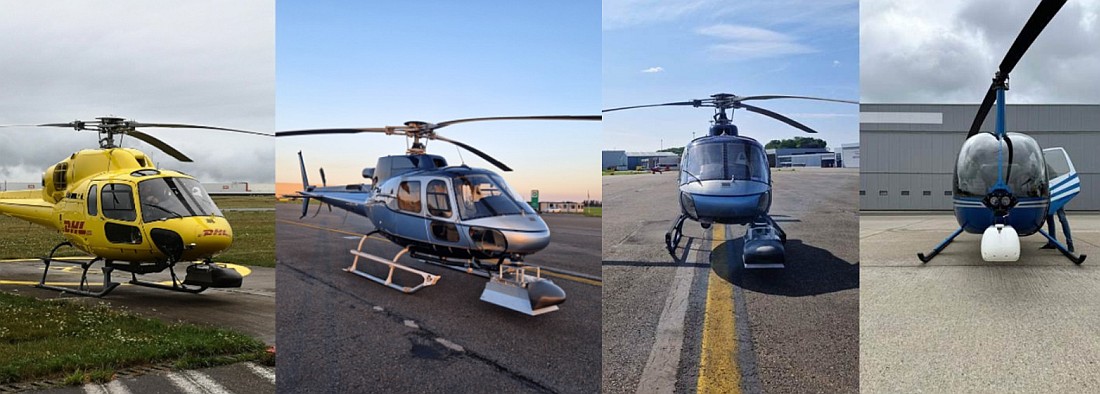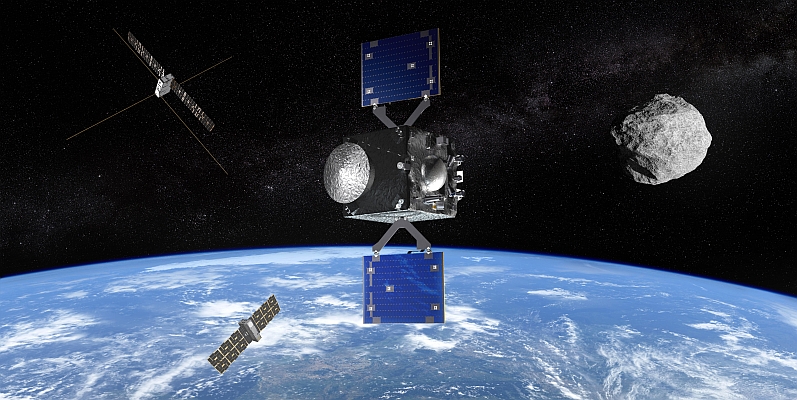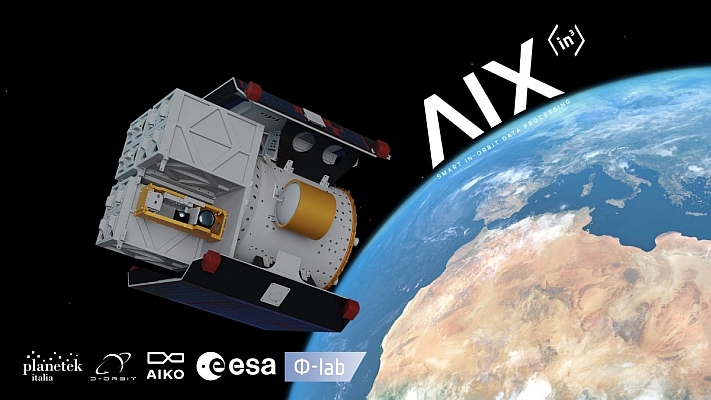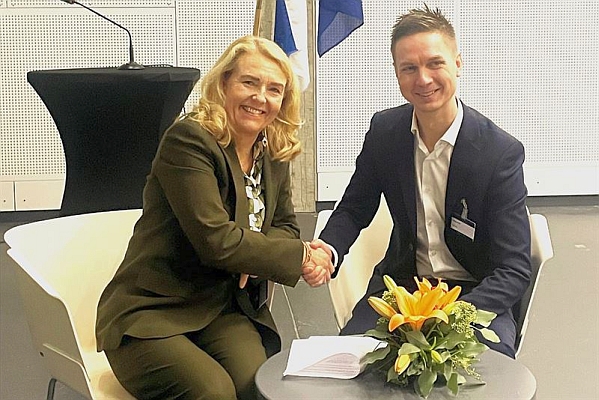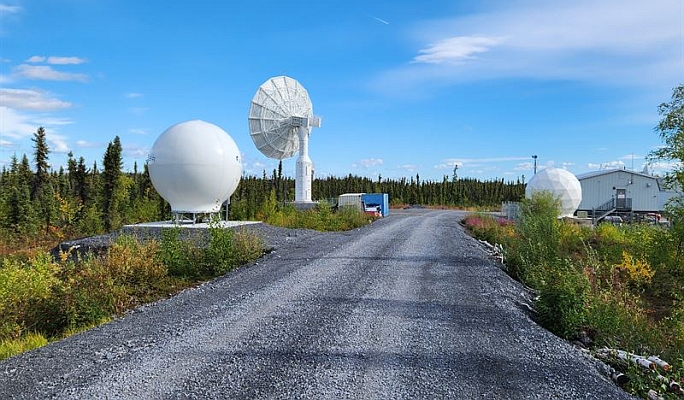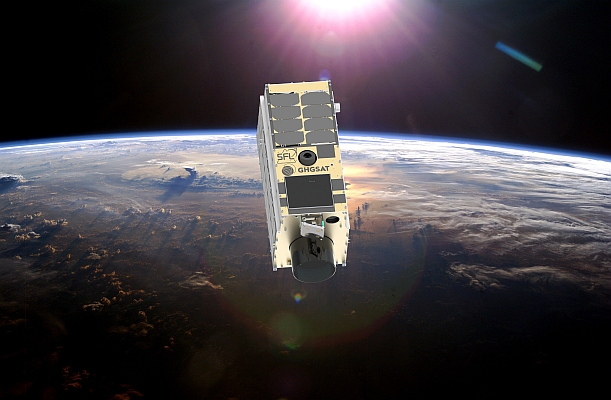Our company has been working with a high-voltage power transmission system operator for several years to improve the way they survey their lines. As we know, regular inspection of power lines is essential for ensuring the reliability of the electrical grid, minimizing losses during transmission, extending infrastructure lifespan, and avoiding costly breakdowns.
Along the way, we tried different setups and aircraft, looking for the best balance between speed, data quality, and cost. This is a quick look at how changing just a few things – sensors, pods, and helicopters – ended up cutting inspection costs by over 40%.
Flying higher made a big difference
Back in 2020, the client was using a Riegl VUX-1 scanner mounted on a twin-engine AS355 helicopter. A year later, they switched to a Riegl VUX-240 on a single-engine AS350.

The VUX-240 didn’t just offer newer tech – it also allowed them to fly higher, which turned out to be a game changer.
In Europe, flying below 1000 feet comes with strict regulations. While it’s permitted, it still requires operators to follow specific rules. If a helicopter flies over cities or towns, it must do so safely and without putting people on the ground at risk. Most survey flights are classified as “special operations,” meaning the pilot needs formal approval from the country’s aviation authority. Coordination with air traffic control is also necessary when flying near busy or restricted airspace.
On top of that, low-altitude flights require extra paperwork, detailed safety plans, and more coordination – all of which slow things down and increase costs. Flying lower also means covering smaller areas per flight path, so the helicopter needs to make more passes. That results in longer flight times, higher fuel consumption, and increased crew expenses.
Flying higher with a longer-range scanner allowed them to skip most of that hassle. Even better, the point density remained the same – 20 points per square meter – even at higher altitudes. And because they no longer needed a twin-engine helicopter, switching to the AS350 immediately reduced flight costs by around 30%.
Lighter pod, smaller helicopter, bigger savings
Next, we looked at the scanning pod itself. At first, they were using the HELIUX MAX system – a heavy setup designed for bigger helicopters and missions with a lot of sensors.
When they switched to the HELIUX LITE, things opened up. LITE is much lighter, built for smaller jobs but still fully capable of carrying what was needed. That made it possible to move to a Robinson R44 – a smaller, much cheaper helicopter.

Of course, the R44 has tight limits. With a standard Meeker Aviation nose mount, you can only hang about 50 pounds of equipment outside the aircraft. So we had to keep things light and carefully balance the setup. But it worked.
Even though the LITE pod costs more than the MAX system, the savings on helicopter time basically paid for the pod after just one project.
Same scanner, same data quality
Whenever you change gear, the big worry is whether the data quality will suffer. Here, it didn’t.
Both the MAX and LITE setups used the same VUX-240 scanner, so nothing changed in terms of point density or quality. The client was happy with the results, and the data was delivered and accepted without any issues.
| Application | Powerline inspection | Powerline inspection |
| Helicopter | AS350 | Robinson R44 |
| Helicopter rental price | Price per hour 1350 eur/h | Price per hour 735 eur/h |
| System | HELIUX MAX | HELIUX LITE |
| Kilometers of high voltage power lines | 1595 km | 1235 km |
| Total engine time | 31 h | 26 h |
| Helicopter rental price based on flight hours | 41 850 eur | 19 110 eur |
| Price per kilometers of high voltage power lines | 26,24 eur/km | 15,47 eur/km |
Switching from the AS350 to the R44, and from the MAX to the LITE system, cut the cost per kilometer by more than 40%.
Takeaways
This project shows how important it is to pick the right tools for the job. A newer, longer-range scanner made it possible to fly higher and dodge a lot of low-altitude regulations. A lighter pod made it possible to switch to a smaller helicopter. Together, those changes saved a huge amount of money – without compromising the final results.
There are no further upgrades planned at the moment – the client’s happy with the setup as it is. The HELIUX LITE system, in particular, made a real difference by allowing smaller, cheaper aircraft without losing performance.
Sometimes a few smart tweaks are all it takes to get better results at a lower cost.
Want to learn more about the HELIUX LITE or our other systems?
For more information, visit AISPECO


